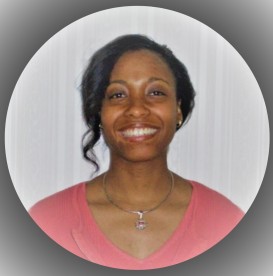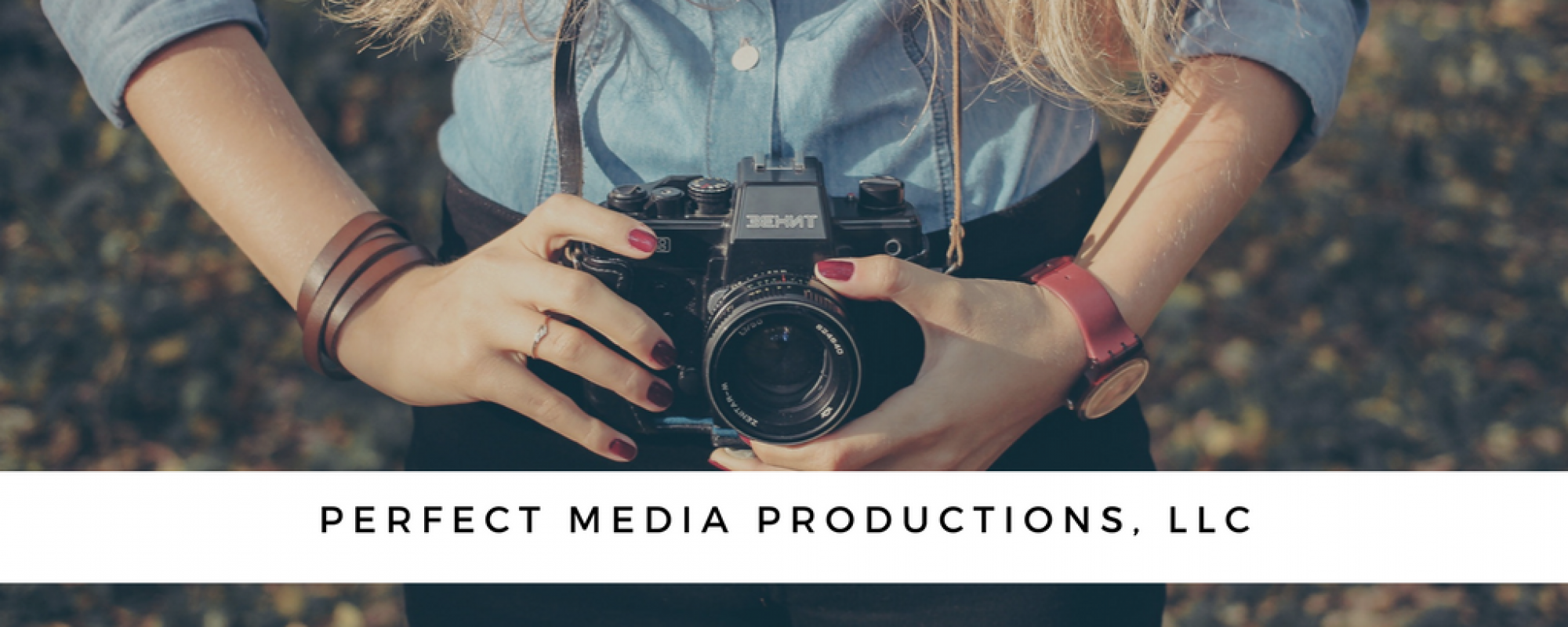
This installment of our Twitter interviews is with Jeanné Giddens, otherwise known as @TuneTalks to her Twitter followers. Jeanné is a talented song writer, voiceover artist, and host.
As an old school radio and audio recording guy, I have always felt the best way to record an interview is with the guest in the recording studio. The benefits of this are obvious. You can interact with your guest one on one and have complete control of the recording. However, there are times when this is just not practical. For example, in this case Jeanné is based in Florida and I am in Ohio.
Recording options in these types of cases vary and a lot depends on the guest. Many interview subjects do not have any audio gear. Others have busy schedules promoting their work and do not have the patience to be walked through a technical process of some kind. In these cases phone signals may be the most expedient choice and other times maybe a VOIP service will work just fine at getting the job done.
With Jeanné, however, there were better options available. She is in the audio production business and has good tools at her disposal. So, we decided to use Zencastr for this interview. In simple terms this type of technology does not record “over” the internet per say. Both subjects are recorded locally and then those two audio tracks are combined in post.
The results are terrific but there are also other important steps to take.
For one, use the most dependable connections with your gear. I would avoid using WiFi with your computer or using any type of wireless microphone or headset. Also, close all of the programs on your computer.
Let me throw in some information about microphones. There is a lot of confusion about USB microphones in particular.
There are basically four types of microphones in terms of how they capture sound; dynamic, condenser, ribbon, and contact. There are variations of each but those are the basic groups.
Many of the widely popular USB microphones are condenser microphones. I have heard them referred to as “digital” microphones and that term is as overused as “pro” is in the audio and video equipment industry. The key difference between a USB condenser microphone and a standalone XLR condenser is that the USB microphone has a USB interface built into it. Combination units in general are designed to hit a price point and as plug and play devices for their ease of use.
I have used USB microphones to have my clients record audio into their PowerPoint presentations. They are also good for gaming, YouTube, and for basic podcasting. I would stop short, however, of considering any USB microphone truly a professional’s first choice.
I have been in many radio stations, media production studios in advertising agencies, and music recording studios. I have never run across a USB microphone being used as a primary recording tool in any of these applications. An entry level pro audio interface alone costs more than the average USB microphone. Many voiceover agencies will ask what microphone that you are using and if the answer is a USB microphone that might be a missing check mark on your credentials list.
The sky is the limit in terms of what you can pay for pro audio gear but there are cost effective options. Yes, separates do cost more but come with some practical benefits in addition to better quality, namely interchangeability. That professional XLR microphone that you bought for your podcast will plug into a USB interface, a digital recorder, a mixing board and so on. You can also upgrade your interface or microphone without replacing both or purchase more microphones to use with the same interface.
For the interview with Jeanné I used a (XLR) Golden Age D2 dynamic microphone. I happen to like dynamic microphones for voiceovers but that is largely my preference. My favorite is probably the (XLR) Shure SM7B and my runner up would be the (XLR) Electro-Voice RE20. Jeanné used her (XLR) RODE NT1 which is a condenser microphone. Both the Golden Age D2 and the RODE NT1 are not “cheap” when compared to most USB microphones, however, in the professional ranks these microphones are extremely cost effective and for anyone considering getting started doing voice work these are good choices. For this particular interview we both also used Focusrite interfaces.
To sample the sound quality captured with these microphones and Zencastr here is an excerpt. Notice how it sounds almost as if both of us were in the same studio.
For your convenience the entire interview is available at the bottom of this post. The Billy Dees Podcast is also available on your favorite podcasting service including Apple Podcasts, Spotify, and iHeartRadio.
You can follow Jeanné on Twitter at @TuneTalks and me at @BillyDees.
People on Twitter by Billy Dees Interview with @TuneTalks Song Writer and Creative

This is a great post! Getting everybody to record their own audio remotely for later sync/edit is one of my favorite podcasting hacks. Of course room/mic quality are major factors, but even an iPhone’s pickup is better than audio pulled from a lossy Skype feed!
LikeLike
Thank you for the comment Darius. I agree completely.
LikeLiked by 1 person